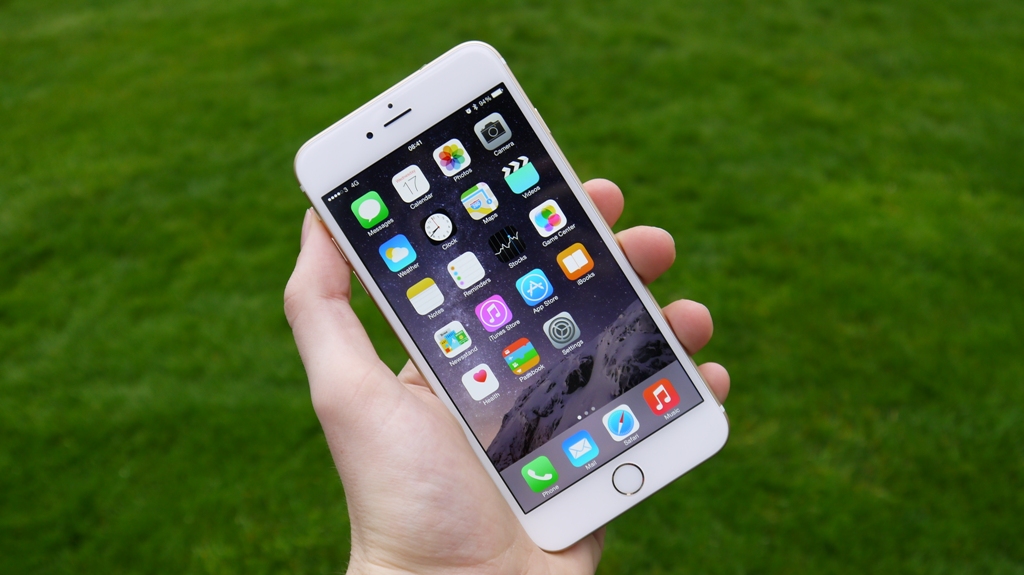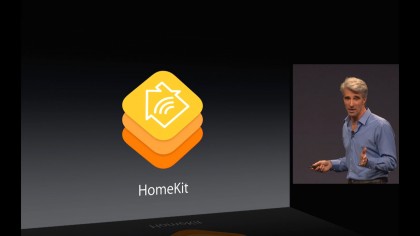
It seemed as if Apple was taking over the household with its Macs, iPhones, iPads and the Apple TV, but now the Cupertino company wants to control your smart home.
That may happen starting with the iPhone 6S in September with its still vague HomeKit intentions. It wasn't a big focus at June's WWDC, but the company did add iOS 9 support for motorized window shades and new sensor classes, like motion and carbon-monoxide detectors.
Modest as they may seem, these impressive additions all work toward making your home more efficient. It could rival Google's convenient and energy-efficient Nest innovations.
Will the iPhone 6S be the central hub for your smart home? Apple is clearly pushing its software in that direction from everything that we have seen so far.
What is HomeKit?
Home automation is in a state of chaos, requiring an individual application for each smart home component you buy. Apple aims to simplify this through the HomeKit framework, which was originally thought to be built into iOS 8, but now we won't see it until iOS 9 launches this fall alongside the iPhone 6S.
Apple created the HomeKit framework so that any smart home device from any manufacturer could be understood without the need for an individual application for each component you buy. Not only that, but HomeKit also takes advantage of Siri, allowing you to control your home with just your device and your voice.
In layman's terms, HomeKit brings all smart home components under a single umbrella over its traditional, cluttered mess. This allows for simple, efficient, and easy access to all of your smart home products. In the words of Nest, home automation "focuses on the little things so you can focus on the big things."
Get daily insight, inspiration and deals in your inbox
Sign up for breaking news, reviews, opinion, top tech deals, and more.

How is HomeKit being improved in iOS 9?
HomeKit is receiving some very nice improvements in iOS 9, all of which Apple introduced during WWDC 2015 in early June. There is now support for motorized window shades, along with the aforementioned new sensor classes, such as motion and carbon-monoxide detectors, to name a couple.
Another extremely useful addition is the compatibility with home security systems, which could mean that it will support popular services like ADT, Alarm Relay, Vivint, etc. There are also looming reports that Google and Apple could get into the home security business.
When it lands this autumn, iOS 9 will now let you securely access your home via iCloud, whether that be on your iPhone or Apple Watch (as of watchOS 2.0, which should launch this fall alongside or not long after iOS 9 hits devices).
The iPhone 6S could control your home
For the mobile world, smart homes are the next big thing, and many companies are jumping on this train, with Google even going as far as purchasing home automation company Nest early last year. That said, Apple needs to stay competitive in this field, and HomeKit is its weapon to do just that.
HomeKit will obviously be available on any device running iOS 9 or watchOS 2.0, but the coming iPhone 6S, thanks to iOS 9, will be able to easily control your home through Wi-Fi, and for some devices, maybe even Bluetooth. Unfortunately, there's still a lot of problems to solve before that becomes a full reality. At this point, manufacturers need to make their smart home devices compatible with HomeKit. While many are jumping on board, more well-known smart home companies may not agree, such as Nest, due to being a competitor in the field.
Despite that, the iPhone 6S, combined with the powers of HomeKit, will be able to power our houses in new ways through Wi-Fi technology. The iPhone 6S will no doubt act as the remote for everything, whether it be as setting scheduled thermostat settings to something as simple as turning on your TV. If HomeKit provides a good interface for the iPhone 6S to access all of this tech, home automation will have a big player in the field.
The iPhone 6S also has the potential to control the home through Bluetooth technology. This is purely speculation, but if Apple can make transferring files efficient, easy, and seamlessly through AirDrop and other technologies, there's no doubt they'll be able to take Bluetooth to a new level to offer seamless home automation. Imagine being able to shut your lights off or transfer files to your Apple TV through a two-step process. The technology is there, and Apple can easily implement it in the iPhone 6S.
That said, the iPhone 6S has the potential to control your home. There's no doubt about this, however, compatible smart home components just aren't available to the public yet. There's also the aspect that many could be paranoid about smart home technologies due to just how new of a technology it is.